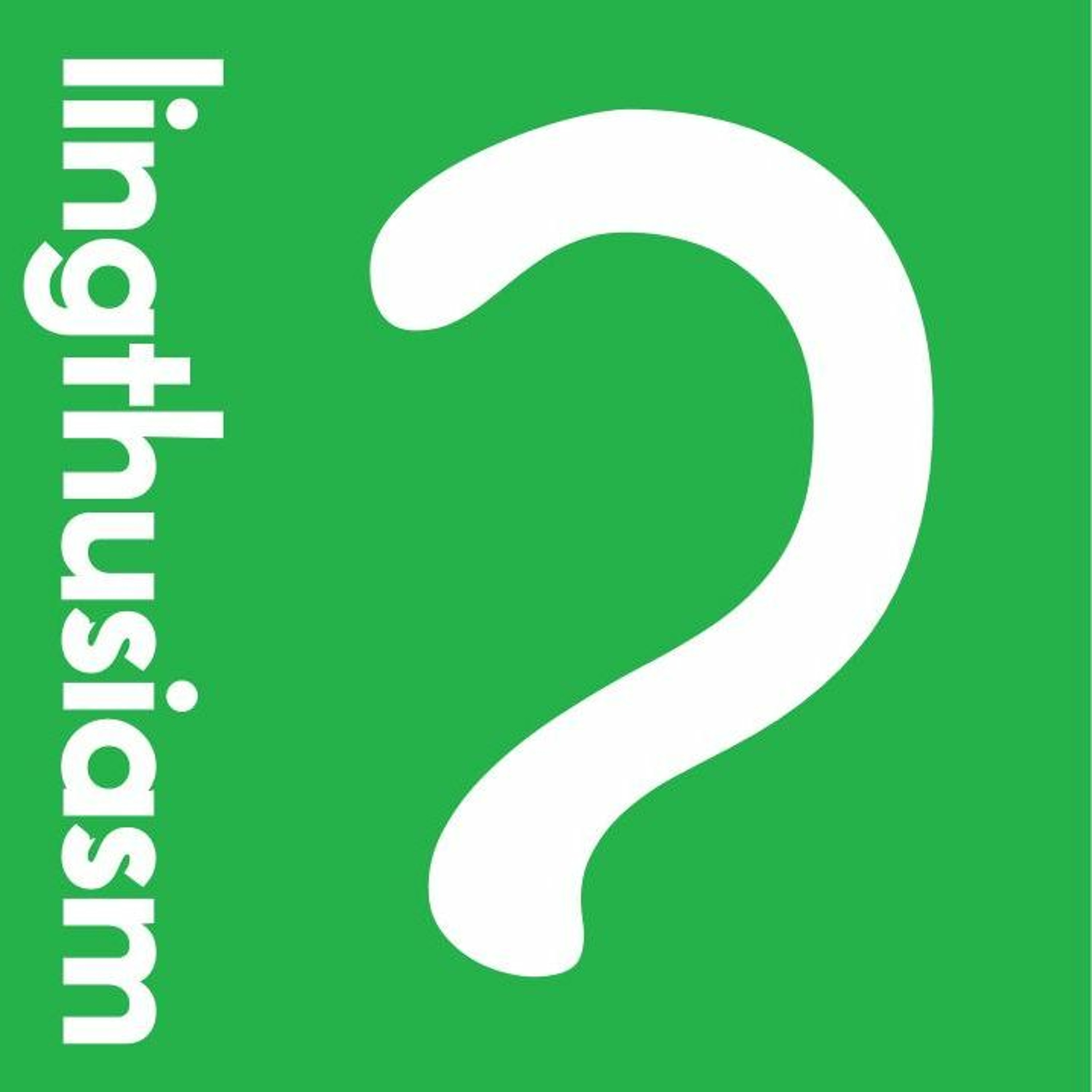22: This, that and the other thing - Determiners

When linguists think about complicated words, we don\u2019t think about rare, two-dollar words like \u201cdefenestration\u201d. Instead, we think about the kinds of words that you use all the time without even thinking about it, like \u201cthe\u201d. You might not already know that defenestration refers to throwing something out of a window, but once you find out, it\u2019s easy to explain. But what does \u201cthe\u201d mean? And, for that matter, what kind of a word even is \u201cthe\u201d? \n\nIf you think back to when you learned about nouns and verbs, you might have been told that \u201cthe\u201d was an article. But this brings us to a circular question, which is, what exactly is an article, other than \u201cthat thing that \u2018the\u2019 is\u201d? \n\nIn this episode of Lingthusiasm, your hosts Lauren Gawne and Gretchen McCulloch get enthusiastic about a bigger-picture answer to the question of how \u201cthe\u201d works, one that joins together a bunch of words that might not seem related at first glance, including the, that, each, my, and five. Welcome to one of our favourite word classes: the determiner! \n\nDeterminers are probably the most underrated word class. We use them all the time, and linguists have been talking about them by this name as a unified category for nearly a full century, and yet they\u2019re still rarely discussed outside linguistics. That\u2019s a shame, because determiners are also a really interesting way that languages differ from each other.\n\nTo see this episode's shownotes, go to https://lingthusiasm.com/post/176067102571/lingthusiasm-episode-22-this-that-and-the-other